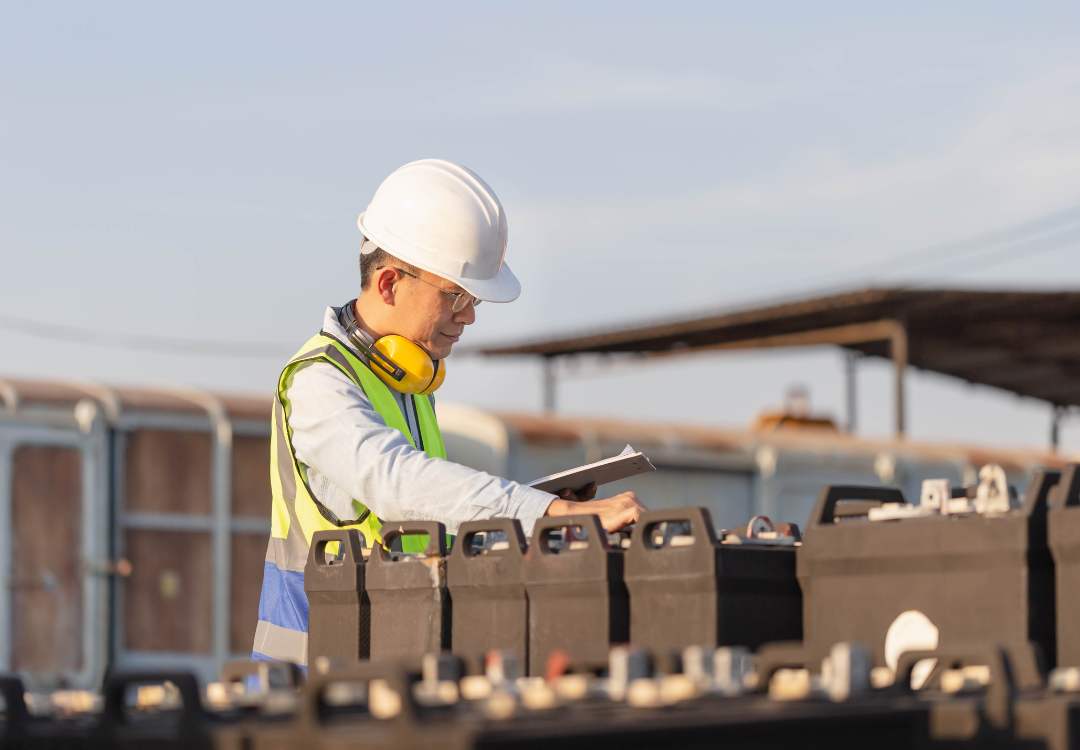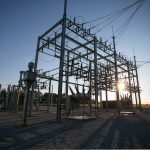In recent years, the drive towards sustainability has transformed nearly every sector, and infrastructure is no exception. In Australia, where environmental protection and the pursuit of net-zero carbon goals are national priorities, electrical engineering plays a pivotal role in shaping a more sustainable future. From the design of energy-efficient buildings to renewable energy integration and smart grids, electrical engineering has proven essential to developing greener, more resilient infrastructure.
- Renewable Energy Integration in Australia
- Australia’s vast landscape and abundant sunlight provide unique opportunities for renewable energy. Electrical engineers are at the forefront of designing systems that harness these natural resources efficiently and at scale. Wind, solar, and hydroelectric power plants have become common sights across the country, but their integration into the national energy grid is a complex task. Electrical engineers work on designing, testing, and implementing systems that ensure stable and efficient integration of renewable sources into both urban and regional power grids.
- Battery Storage Solutions
- With the rise of intermittent renewable energy sources, electrical engineering innovations in energy storage have become essential for stability and reliability. Australia’s success with projects like the Hornsdale Power Reserve in South Australia—a world-leading lithium-ion battery storage —demonstrates the impact of robust energy storage solutions. Electrical engineers in Australia are developing battery storage systems that allow renewable energy to be stored and used during periods of high demand or low renewable production, directly supporting a cleaner, more resilient grid. Partum has worked on several high-profile battery storage projects, including Synergy’s Kwinana Battery Energy Storage System
- Solar and Wind Farms
- The growth of solar farms in Australia, particularly in areas like Western Australia and Queensland, exemplifies how electrical engineering supports sustainable infrastructure. Engineers create optimised layouts for photovoltaic (PV) systems to ensure maximum energy capture, while working on advanced inverters and transformers to handle energy fluctuations caused by changes in weather conditions. In wind energy, electrical engineers design systems that synchronise turbine output with grid demands, ensuring a reliable power flow despite variable wind conditions.
- Smart Grids and Energy Efficiency
- The traditional electrical grid is undergoing a transformation into a “smart grid” capable of handling complex, dynamic energy flows. These smart grids are critical to sustainability efforts, as they optimise energy distribution, reduce waste, and improve resilience against blackouts. Electrical engineers are essential in the design and implementation of these systems, which integrate renewable energy, battery storage, and advanced communication networks.
- Smart Meters and Data Analytics
- Smart meters are fundamental components of a smart grid, providing real-time information on energy usage. In Australia, smart meter rollouts have empowered consumers to make more informed decisions about energy consumption, helping to reduce unnecessary energy waste. Electrical engineers are involved in designing and implementing these smart meter systems, as well as analysing the data they collect to improve energy management strategies. By enabling consumers and utility companies to track usage patterns, smart grids help promote energy efficiency at both the household and national level.
- Electric Vehicles (EVs) and Charging Infrastructure
- As Australia works to reduce emissions from transportation, the adoption of electric vehicles (EVs) is gaining momentum. Electrical engineers play a crucial role in establishing the infrastructure needed to support EVs, including designing charging stations and integrating them with the national grid.
- Charging Infrastructure Challenges
- One of the major challenges facing EV adoption in Australia is the limited availability of charging infrastructure, particularly in rural and remote areas. Electrical engineers are working to overcome this by designing high-efficiency, fast-charging stations that can be implemented in diverse locations. They also contribute to research on vehicle-to-grid (V2G) technology, where EVs can return energy to the grid during peak demand periods, adding flexibility and resilience to the overall energy system.
- Renewable Energy-Powered Charging Stations
- To minimise the carbon footprint of EV charging, some stations are being powered by on-site renewable energy sources, such as solar panels. Electrical engineers are essential in designing these renewable-powered stations, which reduce the environmental impact of EV infrastructure. Projects like the NRMA’s electric vehicle charging network in New South Wales illustrate how clean energy solutions can drive a greener transportation sector.
- Green Building Designs and Energy Efficiency Standards
- Electrical engineering is also driving sustainability in the construction and building sectors. By creating energy-efficient electrical systems, engineers are reducing the energy consumption of new and existing structures.
- LED Lighting and Smart Lighting Systems
- Lighting consumes a significant portion of building energy. Electrical engineers in Australia are embracing energy-efficient lighting solutions, such as LEDs and smart lighting systems that adjust based on occupancy and natural light availability. This helps reduce unnecessary energy use and aligns with standards like the National Construction Code (NCC), which mandates energy efficiency in building designs.
- Building Automation Systems (BAS)
- Building automation systems (BAS) allow for centralised control of a building’s lighting, HVAC, and electrical systems. By integrating BAS with renewable energy sources, electrical engineers help create buildings that consume energy more efficiently and minimise emissions. BAS is increasingly common in large Australian buildings and public infrastructure, where it reduces energy costs and improves sustainability.
- Microgrids for Regional and Remote Areas
- In a country as vast as Australia, not every community can connect to the main power grid. For regional and remote areas, microgrids provide an alternative, enabling communities to access sustainable energy without the need for extensive transmission infrastructure.
- Renewable-Powered Microgrids
- Electrical engineers are creating microgrids powered by renewable sources like solar or wind, often combined with battery storage. These self-contained grids reduce reliance on diesel generators and other non-renewable sources, making them both more sustainable and economically viable. In places like the Northern Territory, microgrids are enabling indigenous communities to reduce emissions and improve energy reliability.
- Hybrid Microgrids and Smart Management
- Hybrid microgrids, which combine renewable energy with conventional generators, offer a practical solution for energy reliability in remote areas. Electrical engineers design the systems that manage these hybrid setups, ensuring that renewable sources are used as efficiently as possible and that backup generators only activate when necessary. This approach reduces emissions while maintaining a stable power supply for critical infrastructure.
- Electrical engineering is a key driver in Australia’s journey towards sustainable infrastructure. From renewable energy integration and smart grid technology to EV infrastructure and green building designs, engineers in this field are developing and implementing innovative solutions that reduce carbon emissions and promote energy efficiency. As Australia continues to strive for sustainability, electrical engineering will remain indispensable, ensuring that modern infrastructure aligns with the nation’s environmental goals.
- With ongoing advancements and cross-sector collaboration, the future is promising for a greener, more sustainable Australia—and Partum Engineering is committed to making this vision a reality. Talk to us about how we can support your next project with the latest sustainable engineering practices.





